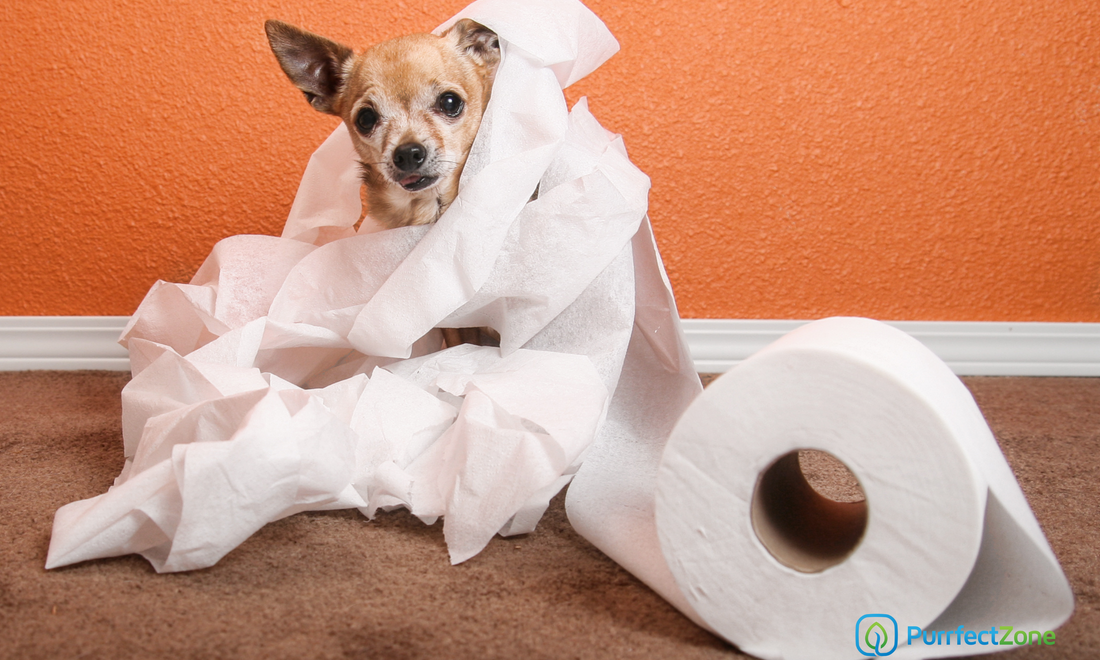A little history of toilet paper
Toilet paper has been a mainstay in most households for generations. But what was it like before there was any toilet paper?
When the Romans were not building amazing buildings like roads and bridges, they spent their time perfecting public toilets. They would simply stone or marble slabs where the holes were lacking, which left no room for privacy at all! Imagine being seated right next door from someone else and having them lean over you while using their own restroom towel as well? It's quite gross actually but I guess everything was pretty cramped back then since there weren’t any dividers either so people ended up sharing space equally. In ancient times people used sponges which would be shared by all those who needed them - this is where "to sit WITH" comes from...
In ancient times, people used leaves and seashells to wipe themselves after going potty. In Europe, the Greeks are known for inventing toilet paper around 460 BC - umm.. I mean it's not exactly something we need today is it? The Romans also had a tradition of using small ceramic disks which they dipping ends into vinegar or saltwater before putting them on their stick so someone else could reuse !
So why do have to read about the gross past of the Romans, when you only came here to know why toilet paper is bad and what's its influence on climate change? for starters, to thank the modern time for inventing toilet paper and then for the eco-friendly alternative we are going to talk about because even if the invention of toilet paper and separate toilets saved you from embarrassment, it's not really saving this planet from the impact of the toilet paper on climate change.

The negative environmental impact of toilet paper
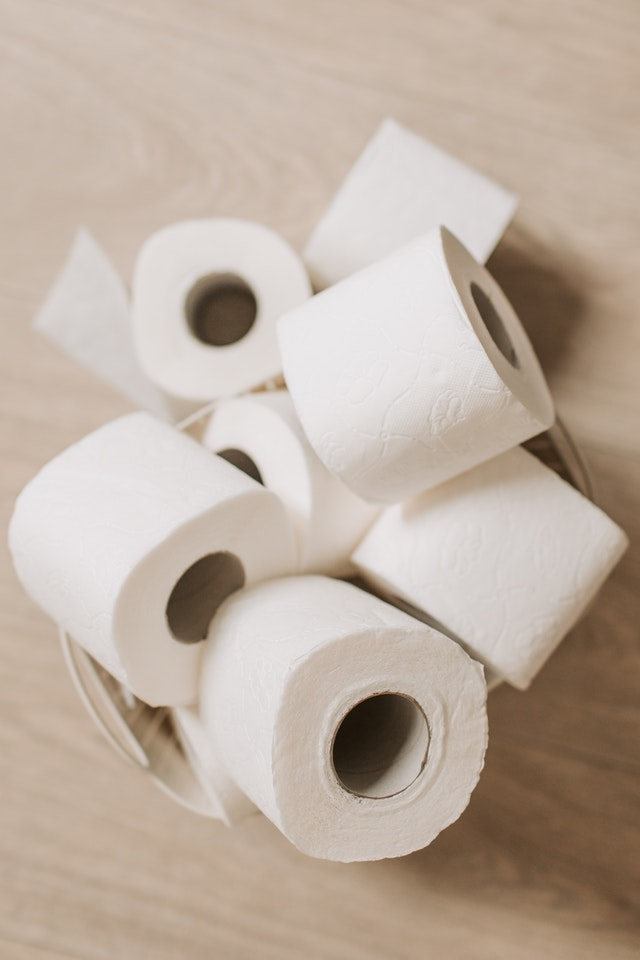
As you can see,toilet paper can be a big problem for us. From an environmental standpoint, it takes a lot of resources to produce toilet paper. It takes about 1.3 gallons of water to produce a single roll of TP, and the process of making toilet paper also emits a significant amount of greenhouse gases.
The negative environmental impact of toilet paper production and consumption can be significant. The Canadian boreal forest, for example, is a major source of wood pulp for toilet paper production. This forest provides critical habitat for many wildlife species, including caribou, bears, and migratory birds. Unfortunately, the logging and clearing of the boreal Forest for toilet paper production can destroy this important habitat.
How toilet paper is made
Toilet paper is often made with bleached chemicals that can be harmful to your health. These chemicals can cause irritation, rashes, and may lead to more serious health problems. In addition, toilet paper is often treated with fragrances and other harsh chemicals that can further irritate your skin.virgin wood pulp is the main ingredient in most types of toilet paper. To make virgin wood pulp, manufacturers cut down trees and then grind them into small wood chips. These wood chips are mixed with chemicals to produce pulp, which is then used to make toilet paper.
Paper pulp can be derived from a variety of sources, including virgin fiber, post-consumer recycled content, pre-consumer recycled content, and other fibers such as bamboo or wheat straw. Of these sources, virgin fiber pulp is by far the most problematic.
Virgin fiber pulp comes from both softwood trees and hardwood trees and is responsible for much of the deforestation that occurs around the world. Hardwood trees are typically deciduous, meaning they shed their leaves annually. Softwood trees, on the other hand, are spruce trees and other coniferous trees that bear cones and have evergreen leaves. Coniferous trees can often be found in Canada's boreal forest.
Does toilet paper ruin the environment?
Toilet paper is a necessary household item, but its production and consumption have negative environmental impacts. Toilet paper manufacturers cut down trees, which contributes to deforestation. Furthermore, toilet paper companies often use harmful chemicals in the manufacturing process. Kimberly-Clark, Procter & Gamble, and Georgia Pacific are all major toilet paper manufacturers that use wood pulp from Canadian forests.
How much does toilet paper contribute to deforestation?
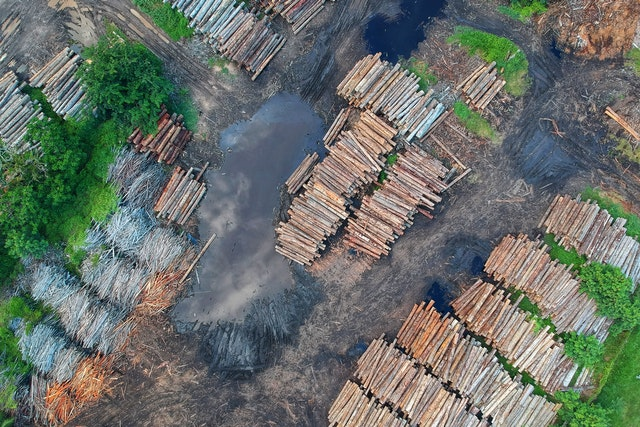
While toilet paper may be something we all take for granted, there are actually a number of environmental concerns associated with its production. For example, the Natural Resources Defense Council estimates that conventional toilet paper manufacturing uses approximately 27,000 trees per day.
Did you know that the paper industry is one of the leading causes of deforestation? Most soft toilet paper is made from paper pulp, and the paper industry is heavily reliant on trees for this raw material. In fact, it's estimated that toilet paper consumption is responsible for around 30% of all global deforestation.
Is tissue wrapping paper eco-friendly?
Toilet paper also tends to be wrapped in plastic packaging, which can further contribute to its carbon footprint. In fact, a recent study found that the production of just one roll of toilet paper results in nearly 3.5 ounces of plastic waste.
Are tissue products and other paper alternatives eco-friendly?
Paper towels and facial tissues are significant contributors to logging in boreal forests. The virgin pulp makes up 23% of the Canadian forest export products. This paper towel logging is contributing to the destruction of natural habitats, and the paper industry is one of the most significant drivers of deforestation in the Canadian forests and in Sweden's Great Northern Forest..
Tissue paper is very polluting to our oceans. every year, more trees are cut down and tissue paper is produced. This process to make tissue paper causes pollution and destruction of natural habitats of the green forest.
Most wet wipes are made from plastic, which means they're not biodegradable. In recent years, they are causing severe sewer problems. Wet wipes are better than dry paper but still less environmentally friendly.
Toilet paper alternatives
Toilet paper is one of the most commonly used products in our daily lives. But have you ever thought about the environmental impact of your toilet paper habit? Fortunately, there are some great alternatives that are much more environmentally friendly. Here are some of the best:
Bamboo toilet paper :

If you're concerned about the toilet paper, consider switching to bamboo toilet paper. It's a more sustainable and healthy option for you and the planet.
Bamboo toilet paper is a more sustainable option that is becoming increasingly popular. Bamboo grows much faster than trees, so it is a more sustainable resource. In addition, this toilet paper is often unbleached or bleached with safer chemicals, making it a healthier option for you and the planet.
Wheat straw toilet paper
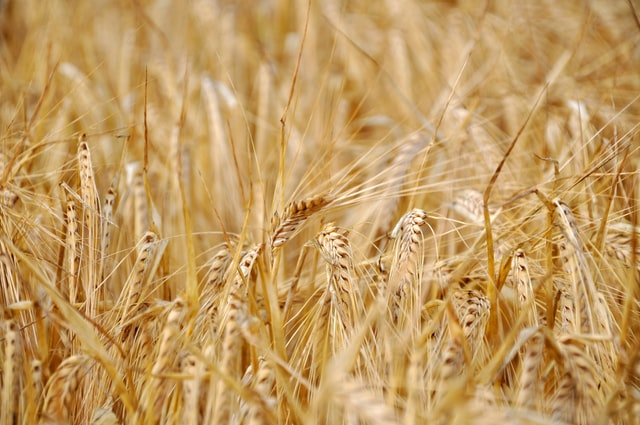
Toilet paper made from wheat straw is a more sustainable and environmentally friendly alternative to conventional toilet paper. This is one of the softest toilet papers and is also strong, and absorbent.
This toilet paper is a byproduct of wheat farming. The wheat straw is pulped and then made into toilet paper. It is tree-free, chlorine-free, and dye-free. It's also hypoallergenic and biodegradable. It is a more sustainable alternative to traditional toilet paper because it doesn't require trees to be cut down.
Recycled toilet paper :

Recycled toilet paper is made from recycled content. Virgin paper pulp, on the other hand, comes from trees that have been cut down specifically for the purpose of making paper products. Fortunately, there are a number of companies now producing toilet paper that is more environmentally friendly.
For example, some brands use recycled paper or bamboo, which is a more sustainable material. Not only does it help reduce deforestation, but it also requires less energy and water to produce.
However, it does have some drawbacks. One of the biggest problems is that it can be more expensive than traditional toilet paper. This is because recycled paper is usually made from recycled materials, which can be more expensive to obtain.
Bidet:
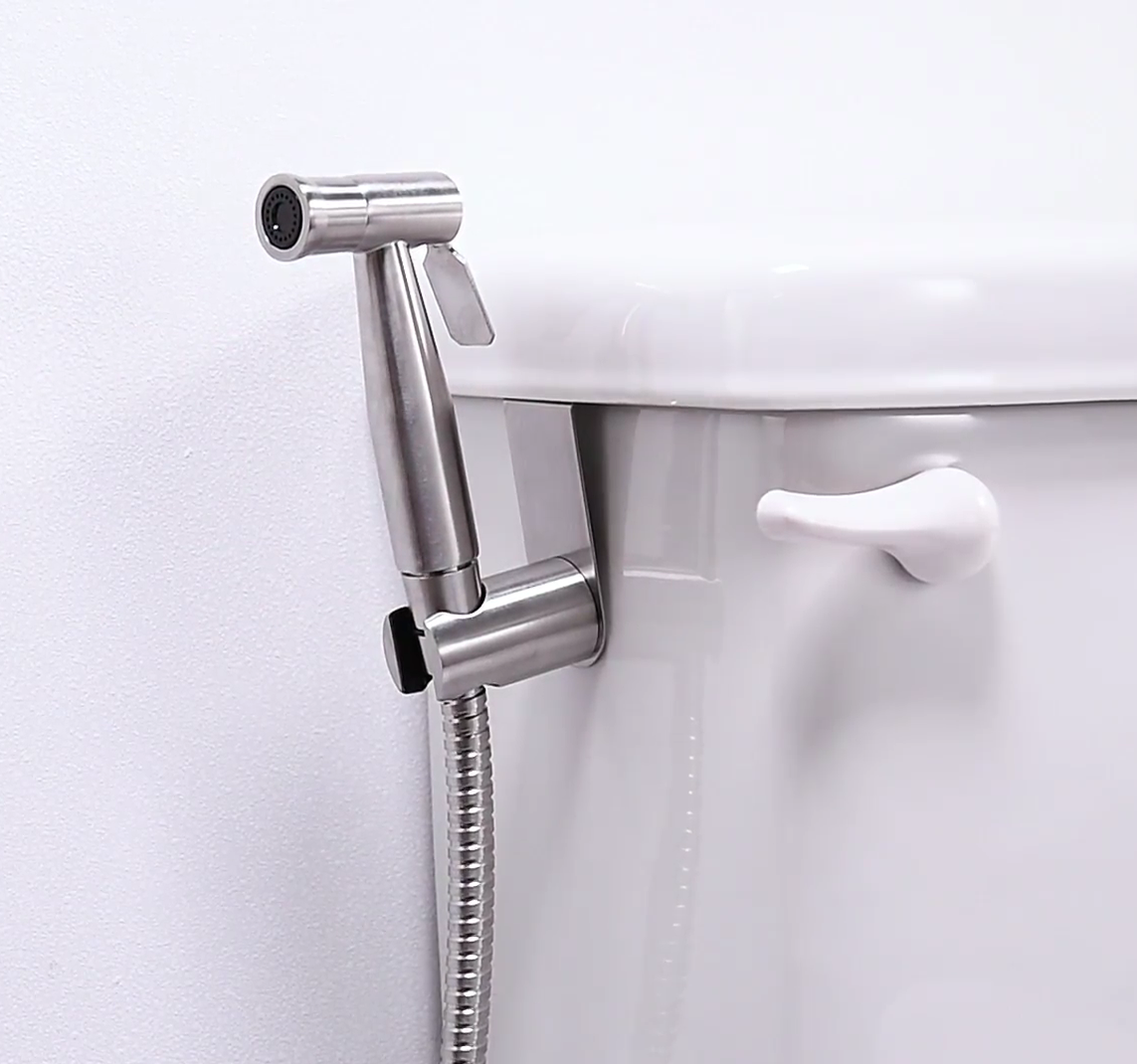
If you're looking for a great alternative that doesn't include destroying forests, bidets are a perfect solution. They are one of the most eco-friendly alternatives. It can save our planet from the environmentally destructive effects of toilet paper, tissue paper, and other paper-based alternatives.
Why was there a toilet paper shortage in 2020?
When choosing toilet paper, people usually look for elemental chlorine bleach-free paper, and avoid papers that have toxic chemicals and other chemicals. But would you care if your toilet paper is elemental chlorine-free when you're sitting on a toilet seat and there is no TP and you don't have any other alternatives? I think anyone would give anything for one single roll of toilet paper.
People were not able to leave their homes due to the disaster, so the demand for toilet paper was increasing. And they were buying too much toilet paper due to the anxiety that there won't be any when they need it.
Conclusion
It's only a matter of time before you make a big contribution to reducing our carbon footprint. There are many alternatives to using toilet paper that are much better for the environment and your health. Only 30% of the world's population still uses toilet paper and the alternatives are becoming more and more popular. Bidets are a great option that many people are starting to use.
A simple way of reducing your carbon footprint while saving money? It doesn't get much better than this!

